10 Ways to Control Stink Bugs Indoors
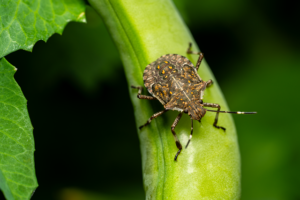
As the winter months approach common garden pests that were active during spring through the summer months are preparing to hunker down, Some of these insects can be found taking shelter in tree holes, logs, brush piles, compost piles, leaf litter, for some in the soil, plant wood debris, etc… but as for stink bugs they are most active from late summer to early fall. They get the name stink bug because of their odor when disturbed or killed by squishing. But instead of overwintering outdoors stink bugs will seek shelter in our homes, what we do now can help deter stink bugs from seeking refuge in our indoor living space.
Stink Bug Identification
Many species of insects visit our home gardens both beneficial and insect pests, with so many insect species how can we identify stink bugs? The adult stink bug depending on the species can be brown, grayish in color, or green. They generally have a shield-shaped body that is flat, most adult stink bugs measure anywhere from a quarter of an inch to one inch in length. They have six legs and a pair of antennae that are typically half the length of their body or sometimes longer, depending on the species.
How to Control Stink Bugs Outdoors
The first step in the control of stink bugs indoors is to first control them outdoors, the way this is done is to make our gardens unappealing to them which will cause them to go elsewhere. Doing so will not only control stink bugs but also other garden pests including rodents.
Keep your garden clean of debris including the surrounding areas, avoid overgrown garden plants, and plant material should be nicely trimmed at all times. Ensure to keep weeds under control because weeds will not only make your garden area unattractive but will compete with garden plants for water, nutrients, and sunlight. Weeds are also known to encourage disease, rodents, and insect pests including stink bugs that take shelter under these conditions. Plant debris, logs, and old boards should be removed, etc… Keep your lawn nicely trimmed at all times because overgrown lawns are not only a hiding place for stink bugs but other insect pests including rodents.
1. Control Stink Bugs Indoors by Sealing Entry Points
There are several methods to control stink bugs indoors, one of these methods is exclusion, seal all entry points for example, Check for cracks and crevices in your home’s foundation and seal those open areas with caulk, and look for possible openings around your door and window frame and repair if needed. Use door sweeps to seal off the area at the bottom of your door where insects can enter. Water and electrical pipes that enter your home may have small gaps just enough for stink bugs to enter. Seal around these open spaces with caulk. Taking this action will also safeguard your home from other pests such as German cockroaches, American roaches, spiders, flies, mice, rats, and lizards.
2. Diatomaceous Earth
Diatomaceous Earth is formulated from natural rock and is safe to use both in and outdoors, this powder can be placed at entry points or doors and windows, Diatomaceous Earth works by breaking down the stink bug’s protective exoskeleton causing them to lose water leading to dehydration and death. Before application read and follow the manufacturer’s directions for the best results.
3. Soapy Water to control Stink Bugs
This natural method works by filling a jar with soapy water, add some vinegar, and place the jar under the stink bug, when a stick bug feels they are in danger its natural reaction is to drop down which means with the jay of soapy water position under them they will drop down in the jar that will bring elimination.
4. Neem Oil
Neem oil is derived from the neem tree making this pesticide organic, mix 2 teaspoons of neem oil with 32 ounces of water and spray entry points for example windowsills to deter stink bugs.
5. Use a Vaccum
Vacuuming stink bugs is a quick and easy way to bring control, once you have removed all of the stink bugs remove the vacuum trash bag and secure the bag in your outdoor trash can. Ensure that the trash can has a tight-fitted lid.
6. Use a Dehumidifier
The use of a dehumidifier in damp areas for example bathrooms or the basement will keep stink bugs at bay because stink bugs prefer dry and warm conditions. Reducing the humidity in your home will deter stink bugs.
7. Use Essential Oils
An Essential oil solution is a great way to keep stink bugs at bay while filling your home with a sweet odor. Add 8-10 drops of mint essential oil to 16 ounces of water and apply around the interior of your doors and windows.
8. Tidy Things Up a bit
Like rodents and other insect pests stink bugs love to hide in clutter, decluttering your indoor space such as your garage, your basement, and your attic will discourage stink bugs. The removal of boxes and other items that are not in use will reduce the stink bug’s hiding place.
9. Garlic Spray as a Pesticide
Make a mixture by adding 4 teaspoons of garlic powder to 2 cups of water, stir this solution thoroughly, and add to a 32 oz spray bottle. Next, apply this mixture to doorways and window sill.
10. Homemade Trap for Stink Bugs
This homemade trap is popular, fill a small pan or tray with soapy water, and place the pan or tray underneath a night light or desk lamp. The stink bug will be attached to the light and fall into the tray of soapy water bringing elimination.
Additional information
- If the stink bug population is in great numbers in your home then contact a professional pest control company that will help with the removal of stink bugs.
- Stink bugs are most active during the morning and day hours although you may see them in the evening because of the light that attracts them.
- Stink bugs go through 3 stages, eggs, nymphs, and adults, The nymphs are wingless and complete five instars (stages) of growth and development. Each instar takes about one week to complete.
- The life expectancy of stink bugs is 6-8 months.
- Several pesticides will eliminate stink bugs from Pyrethrin-based insecticides to insecticidal soaps that act as a contact spray. Before the application of insecticides read and follow the manufacturer’s directions for the best results.
Conclusion
Stink bugs are very active during early fall as they seek places in our homes to overwinter, the good news your home does not have to be a haven or shelter for stink bugs. Following one or more of these methods we have discussed will create a stink bug-free zone. Why should these uninvited guest invade your indoor living space when you can strike back reducing their presence in your home?

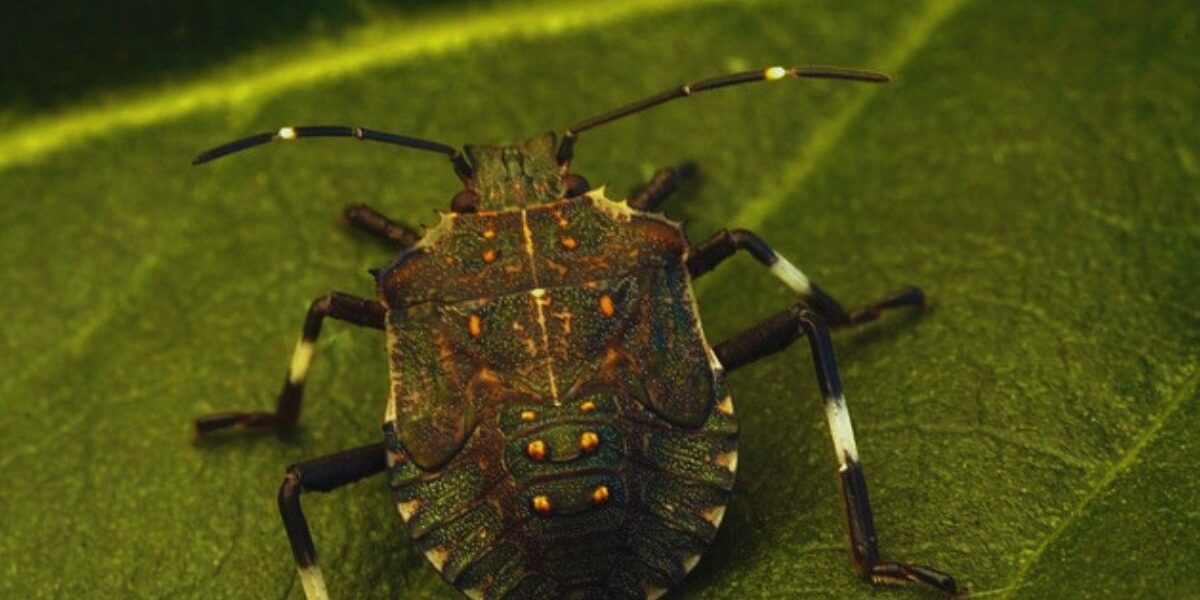

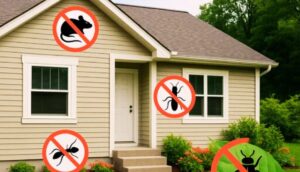
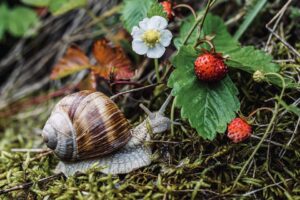
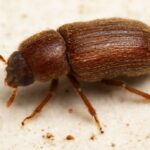
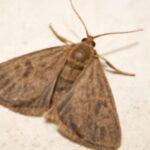
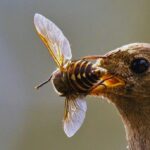
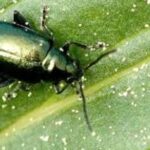
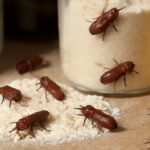
I love the natural ways you recommend, Norman, to eliminate garden pests. I am a keen organic gardener, and I do not use chemicals unless my life depends on them!! Okay, that is a bit strong, but I am committed to natural remedies for pest control. Both neem oil and soapy water work well to deter pests in the garden.I want to use neem oil to deal with stink bugs, but I don’t want to harm the beneficial insects like bees or ladybugs. Is it safe for them, and how can I apply it responsibly?
The best time to treat plants is during the morning hours before beneficial insects are active, this way by the time they emerge the treatments should be dried this way beneficial insects will remain safe.